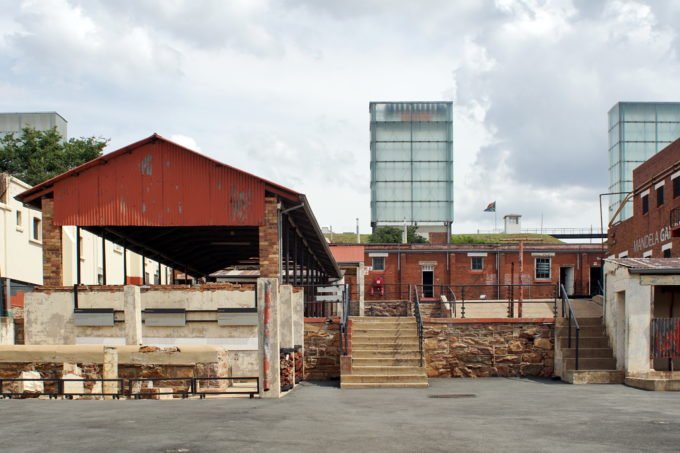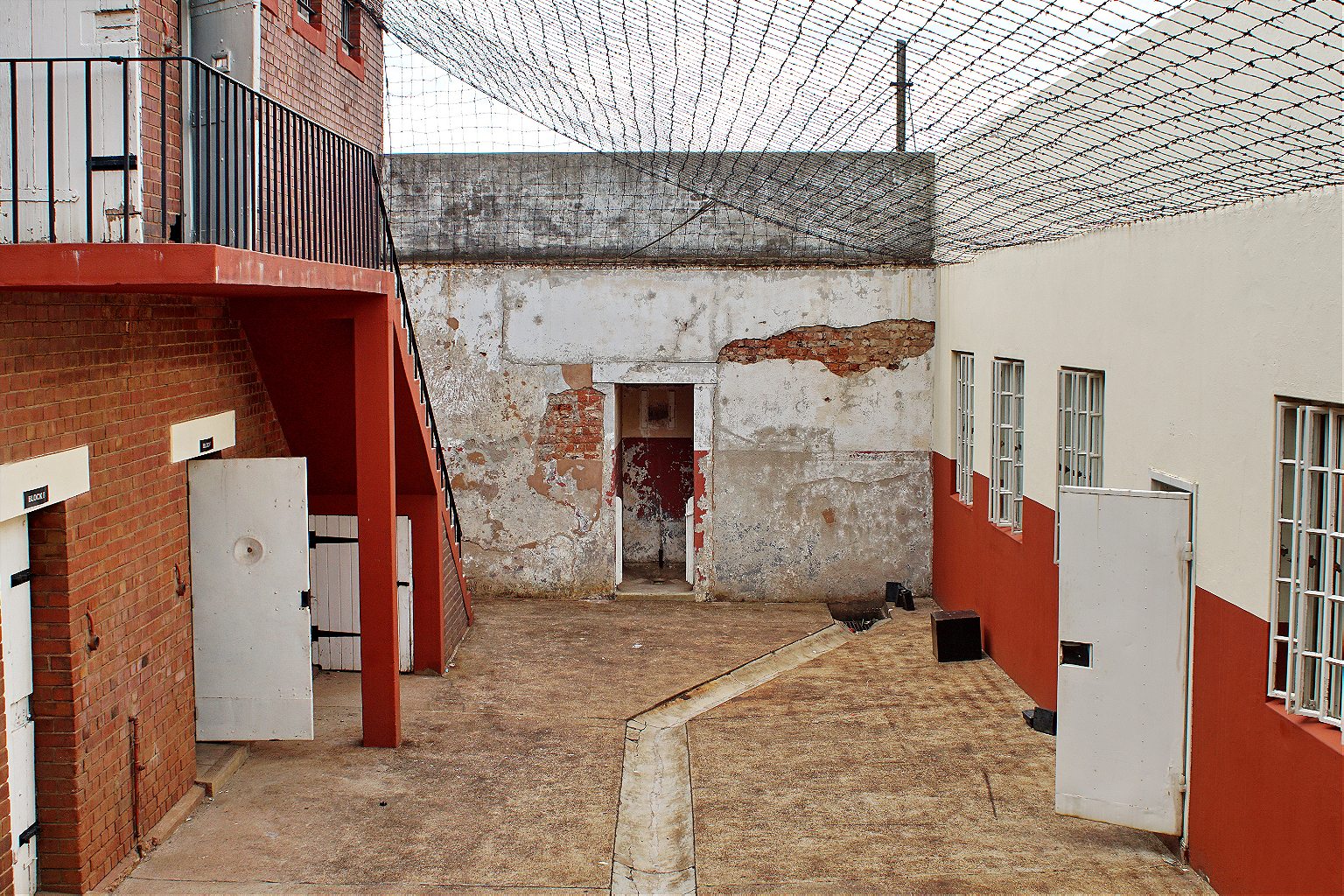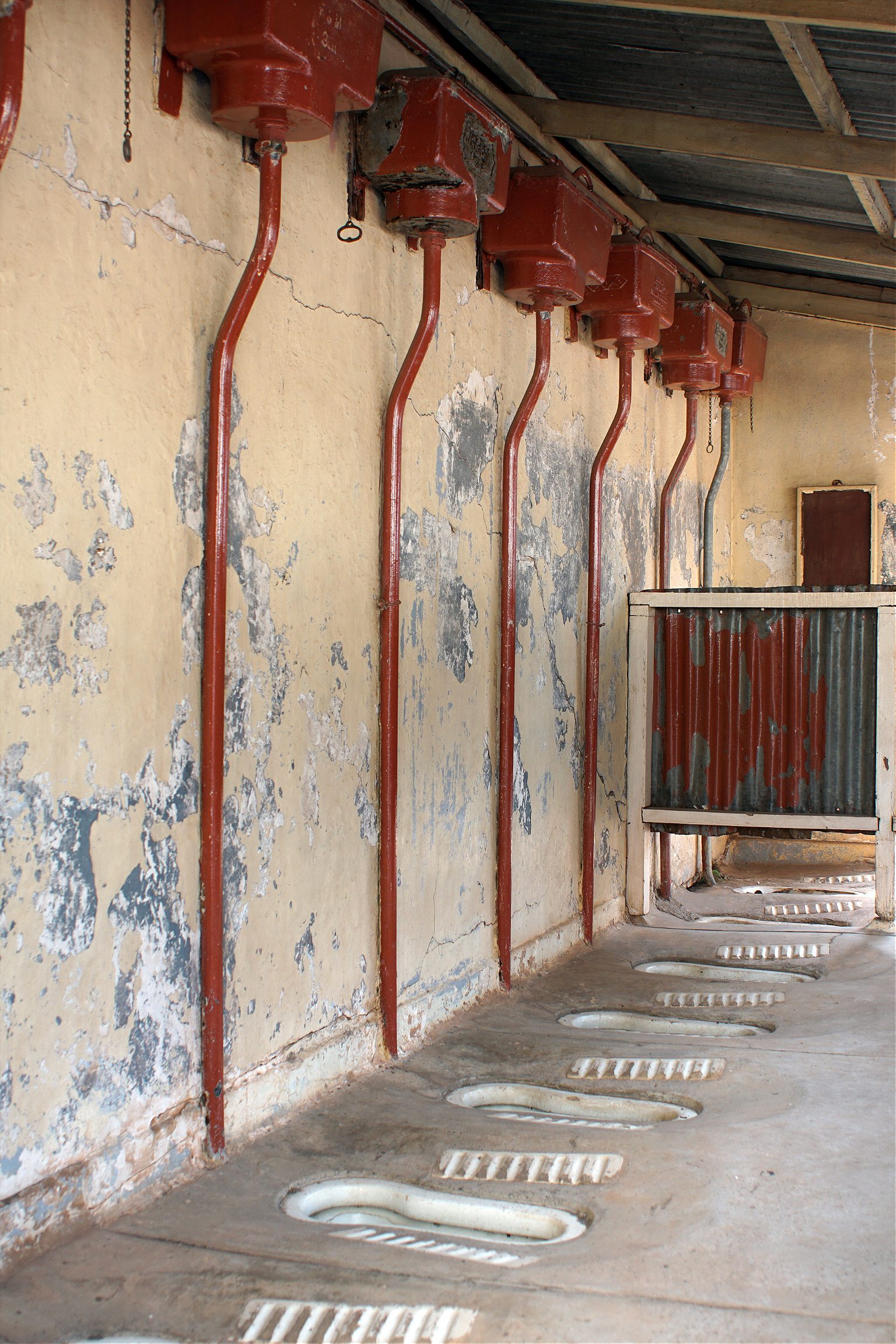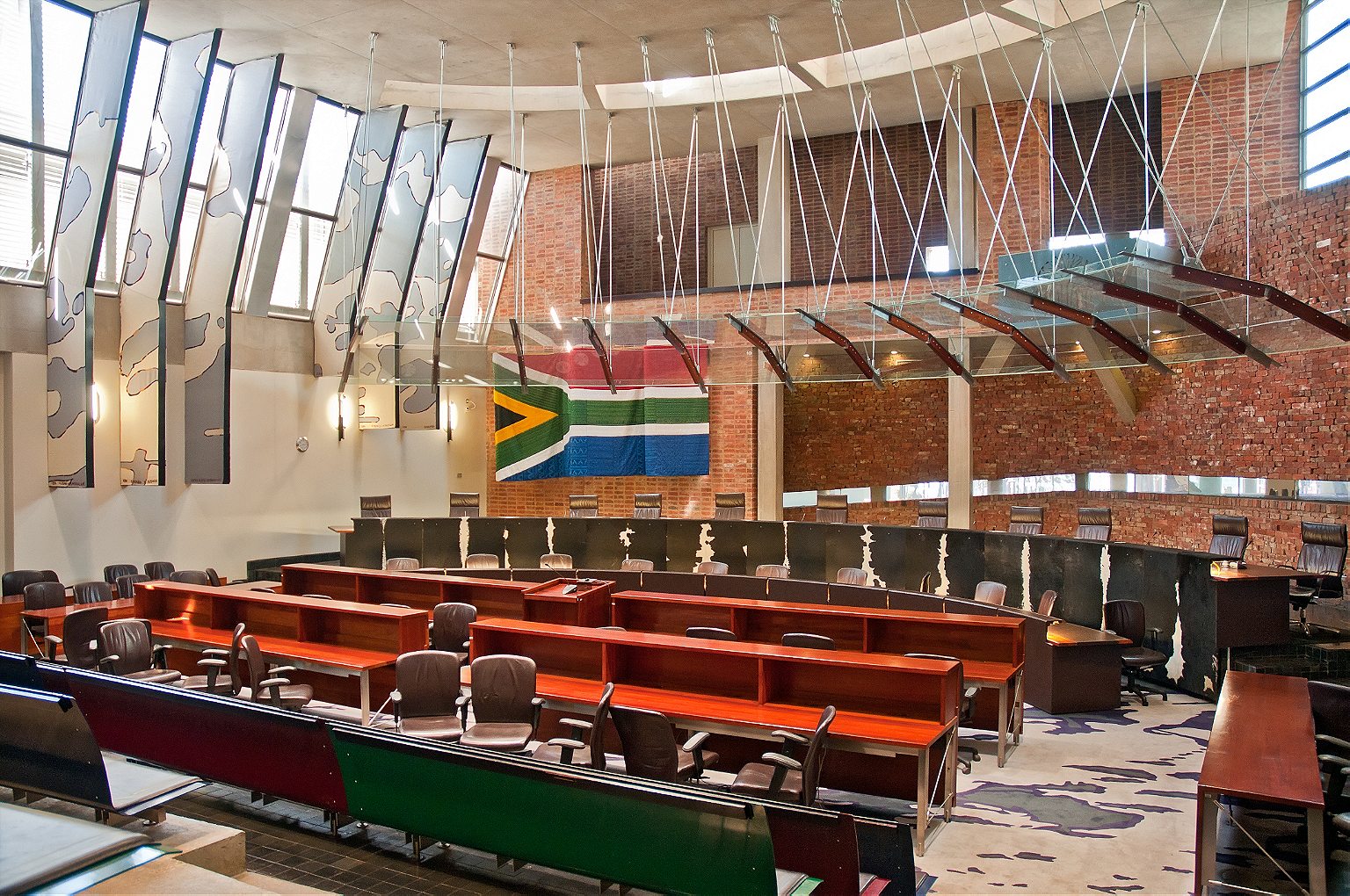
Once a prison complex notorious for its inhumane treatment of political prisoners, Constitution Hill is now a shrine to South Africa’s long and brutal history of racial violence. Built with prison labor in 1892, Constitution Hill spent about a decade as a military fort before becoming a prison that suffered from severe overcrowding, neglect, and inhumane conditions. After the National Party implemented apartheid from 1948 onwards, the prison’s population became increasingly black as the political prisoners poured in. The leaders of countless civil rights movements, including Nelson Mandela, Albertina Sisulu, and students who participated in the Soweto Uprising, are among the thousands who were incarcerated here.
After the end of apartheid in 1994 and Nelson Mandela’s ascent to the presidency, Constitution Hill was named the site for the Constitutional Court, a move that intended to symbolically enshrine the triumph of democracy and human rights in South Africa. Now, Constitution Hill is a museum with shops and restaurants, and is also home to several human rights and entrepreneurship organizations. To visit, you can book one of their many tours or choose to wander the space yourself with an accompanying guide app you can download. There are four museums: the Old Fort, the Women’s Jail, the Awaiting Trial Block, and the Constitutional Court. Although the Constitutional Court is a functioning court (and the highest court in South Africa), it’s open to the public. The museums are filled with exhibitions that are dedicated to remembering the stories and experiences of the prisoners who were incarcerated here. A journey through the four sections is a journey through South Africa’s many lives, from Dutch colony to apartheid state to a young democracy still struggling to stabilize.



